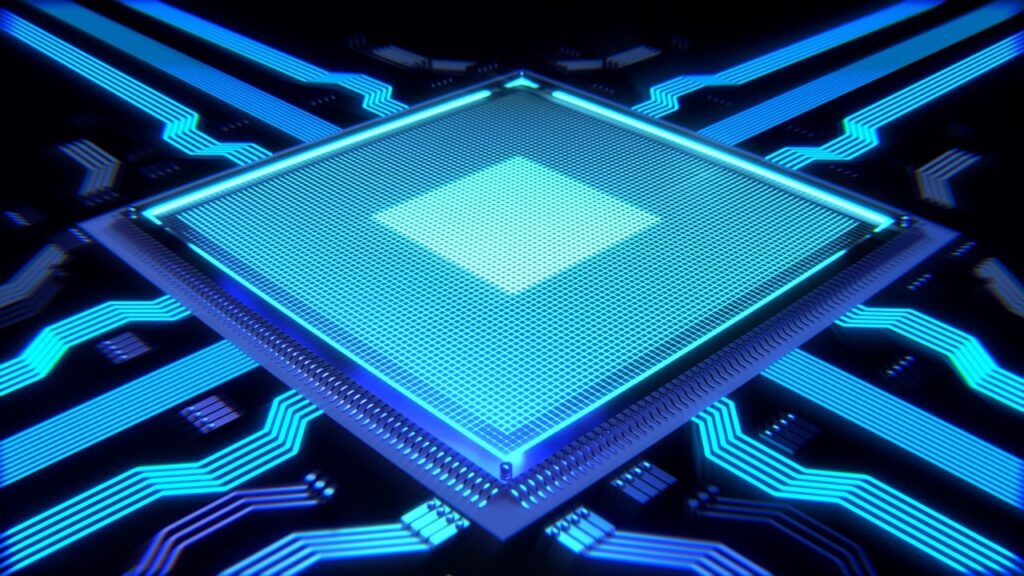Since June, Qualcomm has had a significant laptop advantage over the more traditional processor suppliers like AMD and Intel. That changed this week when Microsoft and AMD announced that laptops using the Ryzen AI 300 processors will also support CoPilot, making them the second to market with this capability with a broad mobile processor.
I expect that once the related laptops come to market, Qualcomm will still have a battery life advantage, while AMD will have a performance advantage, but given both of these parts are largely new, my expectations may not align with those future facts. The Qualcomm parts have been surprisingly good, though AMD will have the advantage of better x86 compatibility since there is an x86-compliant part.
Most AI programs are still cloud-only, but with these two vendors (and Intel is expected to join them shortly) now compliant with the Copilot+ AI specification, developers are going to find AI on laptops far more interesting, which will expand the application base.
At this point, we are still very early in the desktop AI race. It is fascinating that the common platform for laptops, x86, lags ARM initially in terms of compliance with the CoPilot+ requirements. It makes this a far more interesting competition than it would have been.
Where’s the Desktop?
One thing particularly interesting about AMD’s entry is that AMD has become the desktop king over the years, yet it hasn’t announced a compliant desktop part for CoPilot+ so far, suggesting this race is up in the air at the moment. However, Qualcomm has indicated that desktop parts using Snapdragon X are coming, and I’d expect AMD isn’t far behind with a different approach, something with higher performance and energy use.
Engineers and gamers have been left off of the first wave, but AMD knows this market well, particularly gaming, which is looking to add AI-driven NPCs into the market. Currently, these efforts are driven by NVIDIA, and I anticipate an Xbox part out of its partnership with Microsoft next year as the gaming consoles ramp up to provide this more interesting AI capability for games.
Laptop Evolution
With the addition of AMD, we should now be able to get to critical mass on desktop AI hardware, and that means much more development focused on this capability in laptops initially, simply because there will be far more of them with this capability first, even though discrete GPUs have the power but lack the Microsoft blessing to do Microsoft’s brand of AI. This should push people to laptops more aggressively and lead to some interesting products focused more on mobile gamers and mobile engineers who also want PC AI support.
And since some of the initial vendors who are on board with this move early are firms like Adobe, I’m expecting a huge push against Apple laptops with these new AI-enabled products as Apple struggles to bring its AI capabilities to market. This is ironic given Apple’s initial success with Siri meant it should have been first, but it failed to invest in AI technology timely.
So, expect more performance-oriented laptop configurations and a broader range of designs as the OEMs position both the AMD and Qualcomm solutions against different segments.
Wrapping Up: AMD Made a Big Step
AMD’s ability to rapidly pivot to address the threat that Qualcomm initially represented was impressive. What’s even more interesting is that the two parts may not directly compete, given AMD’s historic performance focus and Qualcomm’s laser focus on battery life. This broader capability will enable even more aggressive development on laptop AI use, and given AMD’s desktop and gaming console success, there will be a rapid march to bring those classes of products into the AI fold.
I expect more creative designs as this AI technology, which is conversational by nature, changes how we interface with our PCs. By the end of this decade, I think laptops won’t look at all like the laptops we have today. We’ll see who figures this out first.
But the answer to the question in the title above is “yes.”



